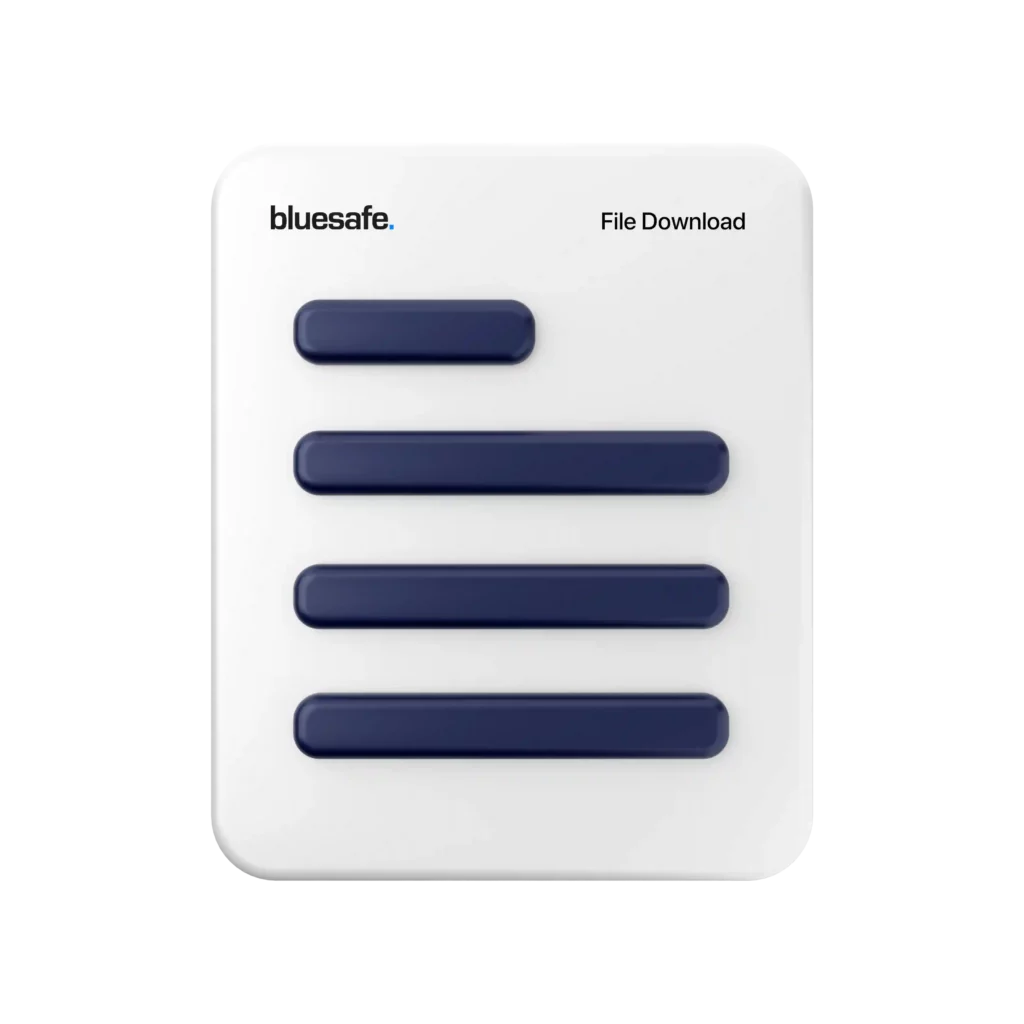Gary’s Safety Tips
Hey, what’s up everyone? It’s your safety guy Gary, and today I want to talk to you about something super important – implementing Safe Work Method Statements (SWMS) in your workplace.
First things first, let’s start with the basics. A SWMS is a document that outlines the high-risk work activities that you or your employees will be undertaking, and the steps you will take to manage those risks. It’s a crucial component of your health and safety management system, and it’s required by law in many industries. But beyond just ticking boxes and complying with regulations, a well-written SWMS can actually help you reduce the likelihood of accidents, injuries and damage in your workplace.
So, how do you go about implementing a SWMS in your workplace? Here are my tips:
- Understand the legal requirements
The first step is to understand the legal requirements for SWMS in your industry. Different industries may have different requirements, and it’s important to make sure you are complying with all relevant regulations. If you’re not sure, do your research or seek advice from a qualified professional. Remember, non-compliance can lead to serious consequences, including fines, legal action and even imprisonment.
- Identify the high-risk work activities
The next step is to identify the high-risk work activities in your workplace. These are the tasks or processes that have the potential to cause harm to your employees or others, such as working at heights, operating heavy machinery, or handling hazardous materials. Make a list of all the high-risk work activities in your workplace, and prioritise them based on the level of risk they pose.
- Develop a SWMS template
Once you’ve identified the high-risk work activities, it’s time to develop a SWMS template. There are plenty of templates available online, but it’s important to make sure you choose one that is tailored to your industry and your specific needs. You can also create your own template from scratch, but this can be time-consuming and may require specialist knowledge. Whichever option you choose, make sure your SWMS template covers all the key elements, such as hazard identification, risk assessment, control measures, training requirements and emergency procedures.
- Involve your employees
Implementing a SWMS is not a one-person job – it requires the cooperation and participation of everyone in your workplace. Involve your employees in the development of your SWMS, and encourage them to provide feedback and suggestions. This not only helps to improve the quality of your SWMS, but it also helps to create a culture of safety in your workplace.
- Train your employees
Even the best SWMS is useless if your employees don’t know how to use it. Make sure you provide comprehensive training to all employees who will be undertaking high-risk work activities. This should cover not only the content of the SWMS, but also how to identify hazards, how to assess risks, and how to implement control measures. Regular refresher training should also be provided to ensure that everyone is up-to-date with the latest information and procedures.
- Review and update your SWMS regularly
A SWMS is not a static document – it should be reviewed and updated regularly to ensure it remains relevant and effective. Review your SWMS whenever there are changes to your workplace, your equipment or your processes, or whenever a new hazard is identified. Regularly updating your SWMS helps to ensure that your workplace remains safe and compliant, and also demonstrates your commitment to health and safety to your employees and stakeholders.
In conclusion, implementing a SWMS in your workplace is an essential step in creating a safe and healthy workplace for your employees. It may seem like a daunting task, but with the right approach and the right tools, it can be a relatively straightforward process. Remember, the benefits of a well-written SWMS go far beyond compliance – it can help you reduce the likelihood of accidents, injuries and damage, increase productivity and efficiency, and improve morale and engagement among your employees.
Cheers,

![]()






